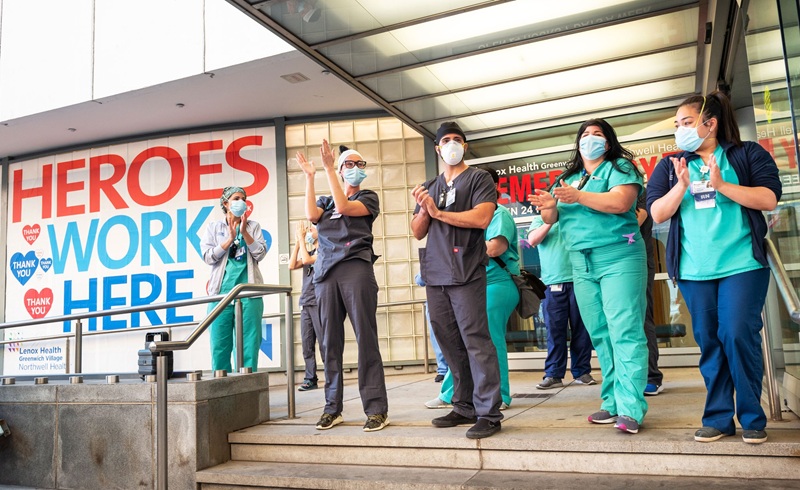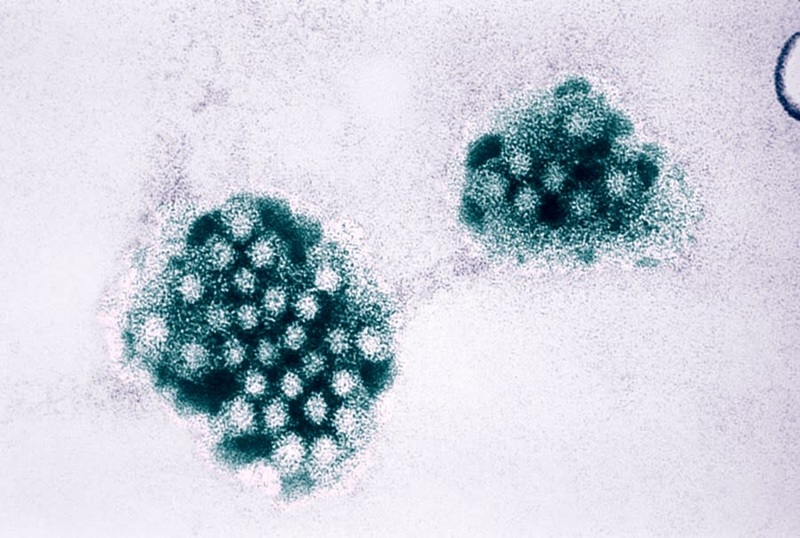
New York City (NYC), a bustling metropolis of over 8 million people, is not only known for its iconic skyline and cultural diversity but also as a hub of healthcare innovation and public health initiatives. From world-class medical facilities to progressive public health policies, the city addresses a wide range of health needs for its residents and visitors.
Healthcare System Overview
NYC’s healthcare system is vast and multifaceted, encompassing public hospitals, private medical institutions, and community clinics. The city’s healthcare services cater to a diverse population, including some of the most underserved communities.
- Public Hospitals: Operated by NYC Health + Hospitals, the public healthcare system is the largest in the United States. It includes 11 acute care hospitals, such as Bellevue Hospital Center, which is the oldest public hospital in the country.
- Private Institutions: Renowned private hospitals like NewYork-Presbyterian, Mount Sinai, and NYU Langone offer cutting-edge medical treatments and research facilities.
- Community Clinics: Federally Qualified Health Centers (FQHCs) and nonprofit clinics provide primary care and preventive services to underserved populations.
Public Health Initiatives
The NYC Department of Health and Mental Hygiene (DOHMH) plays a pivotal role in promoting public health. Key initiatives include:
- Tackling Chronic Diseases: Programs aimed at reducing smoking, addressing obesity, and promoting healthy eating and exercise.
- NYC’s Tobacco Control Program has significantly lowered smoking rates through taxes, public smoking bans, and awareness campaigns.
- Mental Health Services: ThriveNYC, a comprehensive mental health initiative, provides resources and support for mental well-being across the city.
- Vaccination Campaigns: The city’s aggressive vaccination drives, including those for COVID-19, have set benchmarks for public health responses in urban areas.
- Health Equity: Efforts to reduce health disparities by focusing on access to care for marginalized communities, including immigrants and low-income families.
Major Health Challenges
While NYC boasts robust healthcare infrastructure, it faces significant challenges:
- Healthcare Access: Despite efforts to improve access, disparities remain in terms of affordability and availability, particularly for uninsured and undocumented residents.
- Chronic Conditions: High rates of diabetes, hypertension, and heart disease are persistent issues, often linked to socioeconomic factors.
- Mental Health: The fast-paced urban lifestyle contributes to stress, anxiety, and depression among many residents.
- Environmental Health: Issues such as air pollution, lead exposure, and urban heat islands affect public health, especially in underserved neighborhoods.
Innovations in Healthcare
NYC continues to lead in medical innovation and research:
- Telemedicine: The pandemic accelerated the adoption of telehealth services, improving access to care across the city.
- Biomedical Research: Institutions like the Rockefeller University and Memorial Sloan Kettering Cancer Center are at the forefront of groundbreaking medical research.
- HealthTech Startups: NYC’s vibrant tech scene supports health-focused startups, from wearable health monitors to AI-driven diagnostics.
Staying Healthy in NYC
For residents and visitors alike, maintaining health in NYC involves taking advantage of the resources and opportunities available:
- Parks and Recreation: With over 1,700 parks, the city encourages outdoor activities and exercise.
- Healthy Eating: Farmers’ markets and urban agriculture initiatives promote access to fresh, local produce.
- Preventive Care: Regular checkups and vaccinations are accessible through public health campaigns and clinics.
Conclusion
Health in New York City is a complex but well-prioritized aspect of urban living. With a commitment to innovation, equity, and public health, the city strives to address its challenges while providing quality healthcare for its diverse population. As NYC continues to grow and evolve, its healthcare landscape will undoubtedly adapt to meet the needs of the future.
